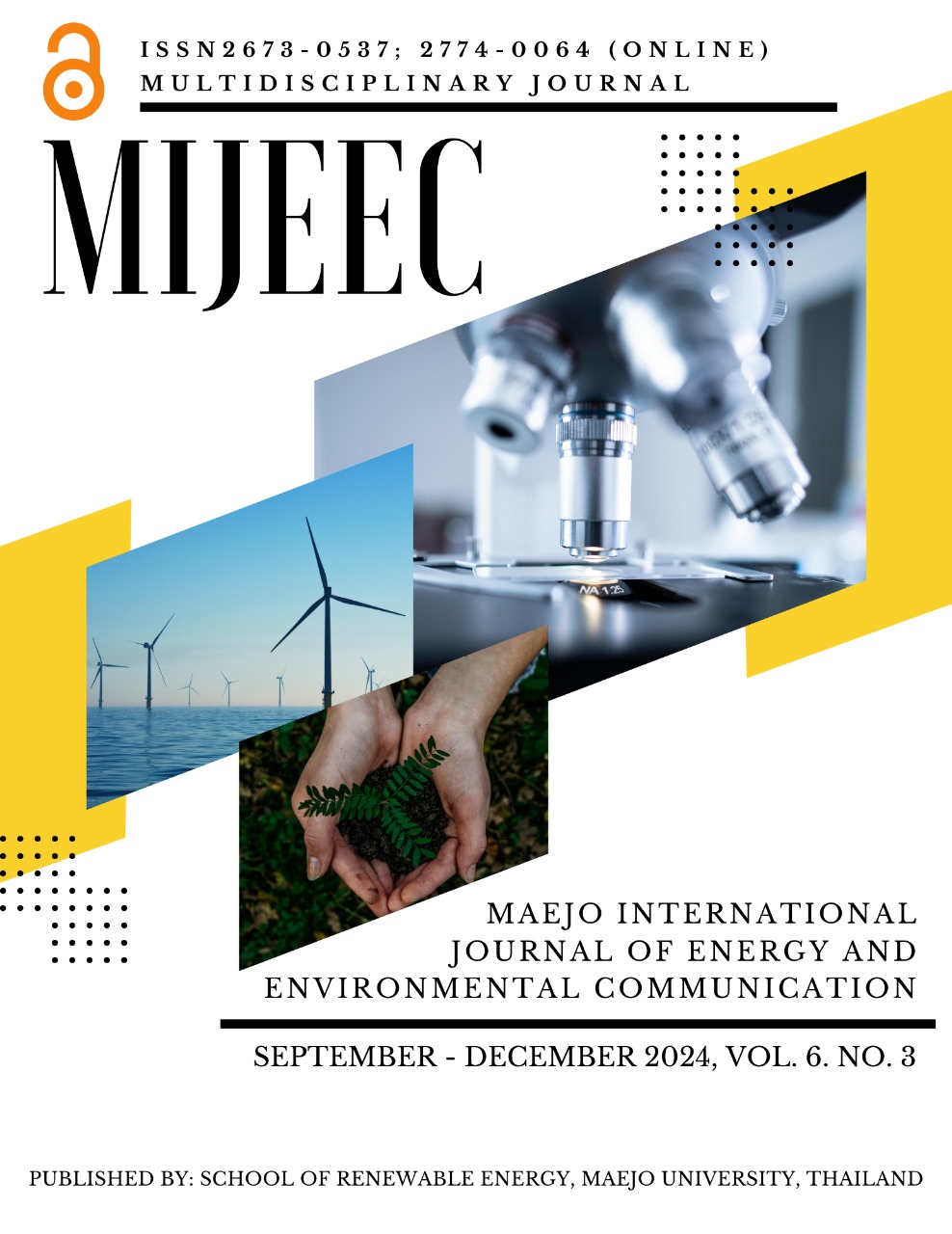Enhanced biocompatibility: A comparative approach on polyethylene glycol and zinc-incorporated hydrogels
Main Article Content
Abstract
With recent medical technology developments, hydrogels have gained vast interest due to their soft tissue-like mechanical properties, injectability, high water content, etc. Poly (ethylene glycol) (PEG) hydrogels are highly commendable due to their synthetic structure, tunable architecture, biocompatibility, and reproducibility. In the present research, zinc nanoparticles at various concentrations (0.025, 0.05, 0.075 wt%) were infused in PEG hydrogels to enable better biocompatibility. The prepared nanocomposites are evaluated for their morphological, functional, and structural characteristics compared to naïve PEG hydrogel. Antibacterial activity revealed that PEG + 0.075 wt% Zn exhibited the maximum zone of inhibition of 0.09 ± 0.2mm compared to plain hydrogel (0.02 ± 0.5 mm). Statistical analysis through independent T-test exhibited a statistical significance of the nanocomposite hydrogel with p= 0.001, (p<0.05) when tested with a G-power of 80%, 0.5 alpha error, and 95% confidence interval. The present research introduces novel PEG-Zn nanocomposite hydrogels and offers a future scope for bioengineering applications.
Article Details

This work is licensed under a Creative Commons Attribution-NonCommercial-NoDerivatives 4.0 International License.
Copyright © 2019 MIJEEC - Maejo International Journal of Energy and Environmental Communication, All rights reserved. This is an open-access article distributed under the terms of the Creative Commons Attribution-NonCommercial- Attribution 4.0 International (CC BY 4.0) License





